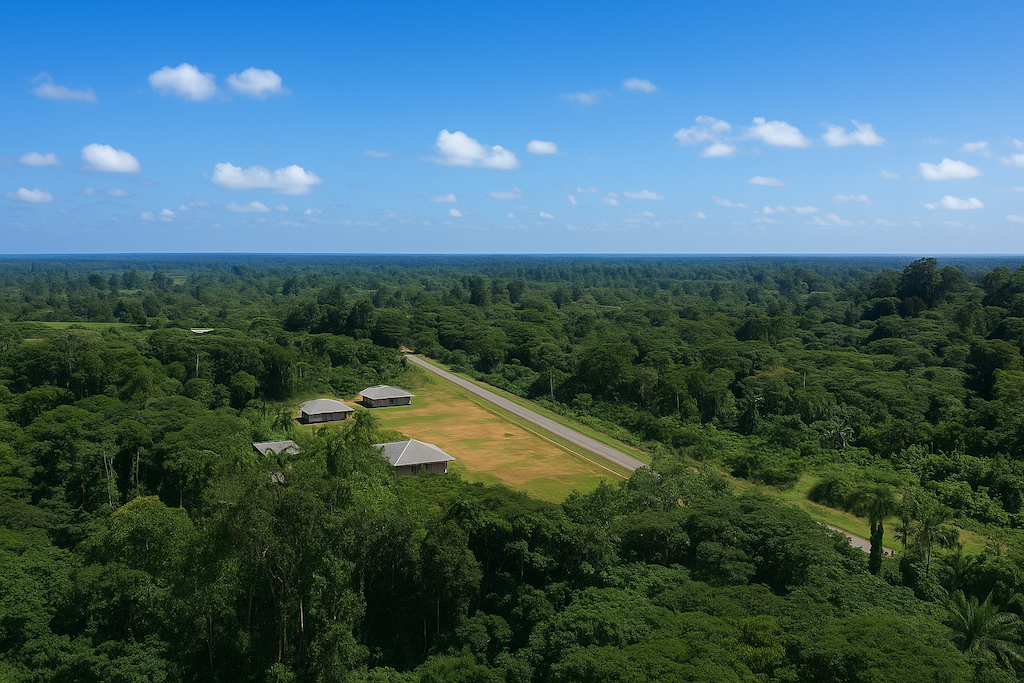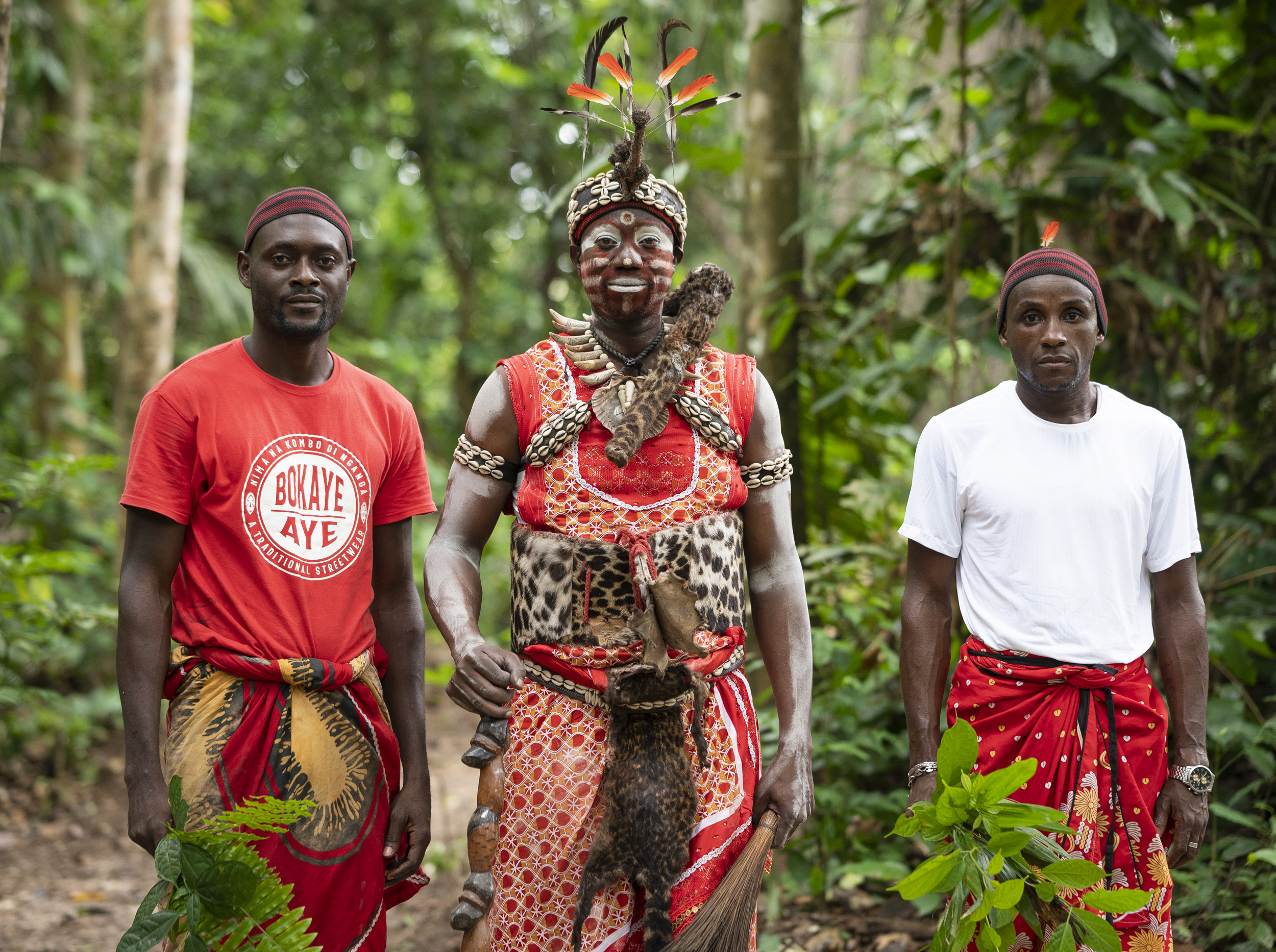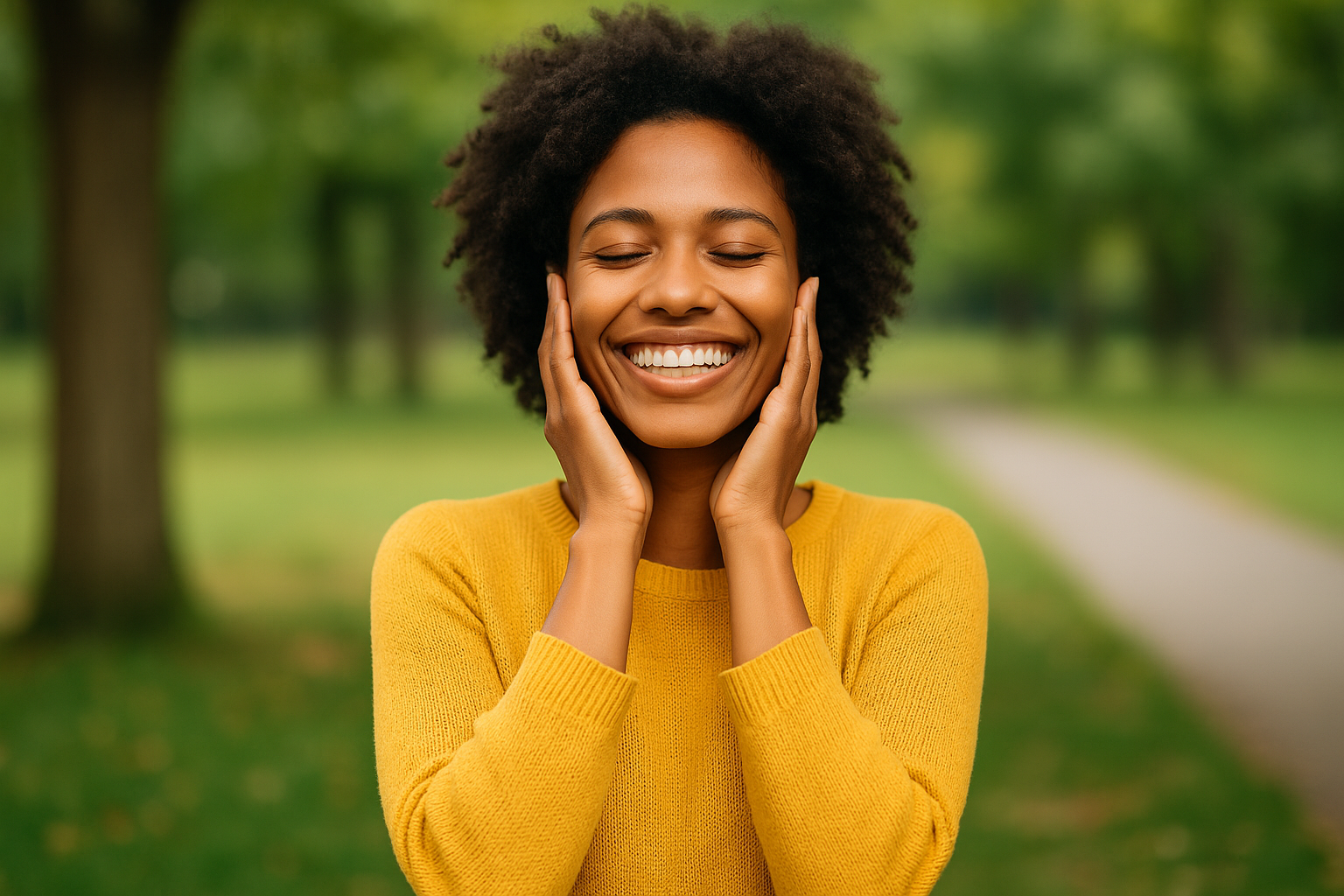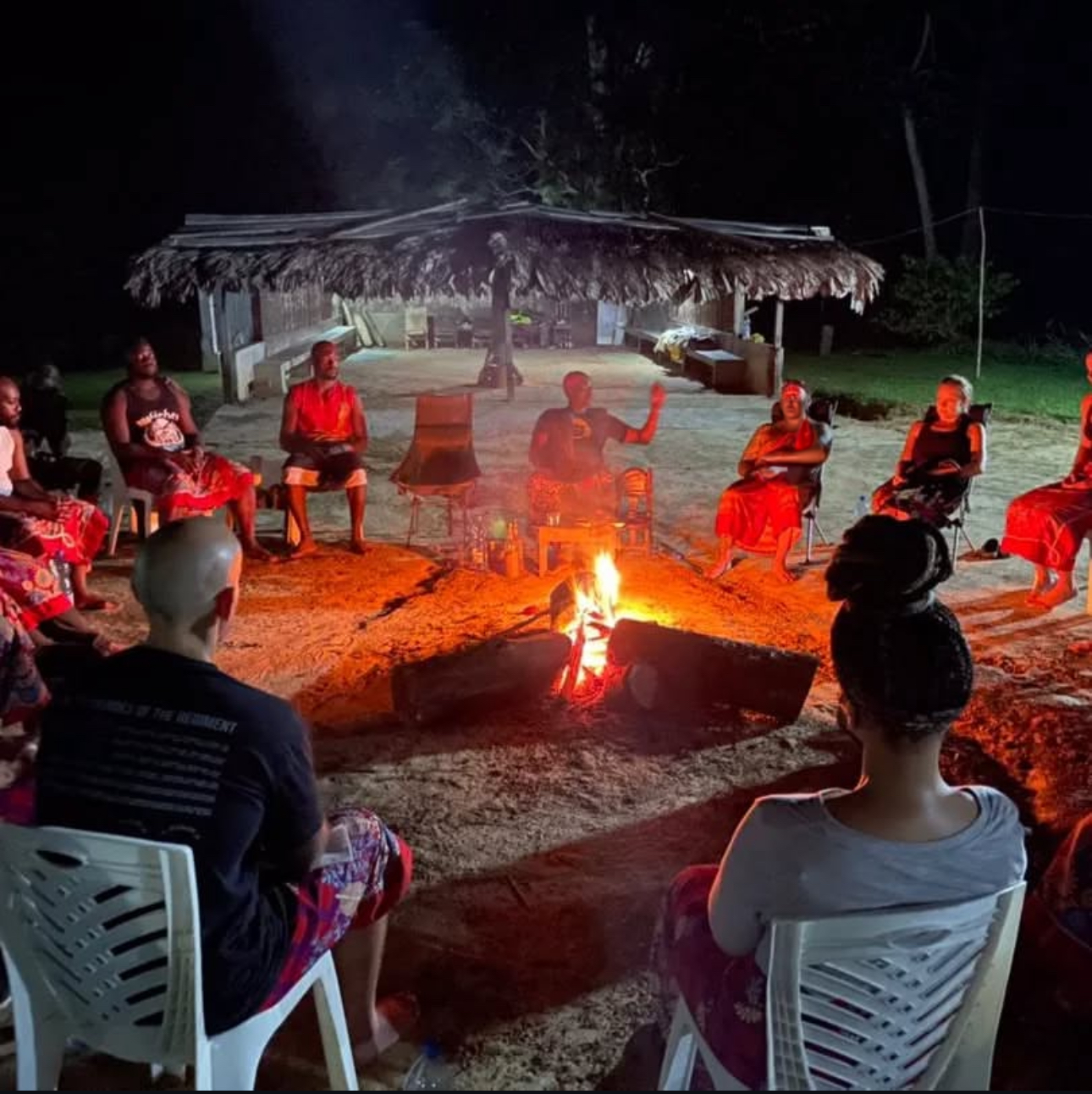Introduction
Iboga therapy has emerged as a unique and powerful tool for healing. Originating from the Bwiti culture of Gabon, Iboga, a plant known for its psychoactive and spiritual properties — has been used for generations in healing ceremonies and rites of initiation.
Today, modern science is beginning to confirm what the Bwiti have long understood: Iboga holds extraordinary potential for treating conditions such as PTSD, trauma, burnout, and emotional instability. Yet, one remarkable aspect often goes unnoticed, the impact of Iboga therapy on creativity.
Let’s explore how this ancient medicine may help awaken new dimensions of the creative mind.
The Science Behind Iboga
Iboga contains ibogaine, a naturally occurring psychoactive alkaloid. Research shows that ibogaine acts on several neurotransmitter systems simultaneously, including serotonin, dopamine, and NMDA receptors. This broad activity allows it to “reset” brain chemistry, a quality that has made it valuable in treating addiction and mental health disorders.
But beyond its therapeutic applications, this neurological reset also affects how we think, perceive, and create.
Understanding the “Afterglow” Effect
One of the most fascinating experiences reported after Iboga therapy is the “afterglow” effect, a state of clarity, uplifted mood, and heightened awareness that can last for days or even weeks.
This effect has real neurobiological roots. Ibogaine modulates serotonin receptors, improving mood and perception, while stimulating the growth of dendrites and axons in neurons, processes that enhance neuroplasticity and cognitive flexibility.
This period of rejuvenation, where the brain feels “refreshed,” often leads to:
- Improved focus and mental clarity
- A sense of emotional lightness
- Enhanced sensory perception
- A surge in creative thinking and problem-solving
When the mind is no longer weighed down by emotional or neurological tension, creativity naturally begins to flow.
Creativity Unleashed: The Cognitive Afterglow
Following Iboga therapy, many individuals describe entering a phase of heightened mental vibrancy, what researchers and practitioners refer to as the “cognitive afterglow.”
This state reflects an increase in neuroplasticity, the brain’s ability to form new connections and associations. Such neural flexibility is fundamental to creativity, enabling new ways of thinking and linking ideas that previously felt inaccessible.
Iboga’s influence on the brain appears to reopen dormant pathways, helping the mind access inspiration and innovation from a place of renewed clarity.
Emotional Release and Enhanced Perception
Iboga therapy is not only neurological, it is profoundly emotional.
During the process, individuals often confront and release long-suppressed emotions, memories, and trauma.
This deep emotional release frees psychic energy previously trapped in cycles of stress or self-doubt. As a result, many people experience:
- Greater self-expression and confidence
- New perspectives on old challenges
- A rekindled sense of inspiration
Additionally, Iboga tends to heighten sensory perception, making colors, sounds, and textures more vivid. This sharpened perception can be transformative for artists, musicians, and creators who rely on sensitivity to detail and emotional resonance.
Anecdotal Evidence and Artistic Awakening
While formal research on Iboga and creativity is still in its infancy, anecdotal evidence is abundant.
Artists, writers, and musicians who have undergone Iboga therapy often describe a creative renaissance following their experience.
Many report:
- Reconnecting with their original artistic purpose
- Breaking through creative blocks
- Writing or composing intuitively, without overthinking
- Experiencing a deep sense of flow and inspiration
These accounts align with what the Bwiti have always known — when the mind is in balance, creativity arises naturally.
Caution and Consideration
Despite its promising effects, Iboga is a powerful psychoactive medicine that must always be approached with respect and professional supervision.
It should only be administered by trained providers within a controlled and lineage-based environment, such as Bwiti House, where medical screening, safety, and ethical guidance are prioritized.
The primary goal of Iboga therapy is healing, any creative awakening is a secondary, though often profound, benefit.
The Cultural Context
In Bwiti practice, Iboga is revered as a sacred teacher that expands perception, helps the individual see truth, and reconnects to purpose.
This mirrors the modern understanding of creativity as a channel through which truth and emotion find expression.
In this cultural context, Iboga doesn’t “create” creativity; it reveals it, awakening the natural creative essence that already exists within each person.
A Gateway to Creative Revival
Iboga therapy offers something rare, a simultaneous healing of the heart and awakening of the mind.
The combination of neurochemical reset, emotional liberation, and spiritual reconnection makes Iboga a potential catalyst for creative revival.
While more scientific studies are needed, the experiences of those who have walked this path point toward a powerful truth: when the mind is clear and the heart is open, creativity flows effortlessly.
For those seeking not only healing but also reconnection with inspiration and imagination, Iboga therapy, under proper guidance, may be a gateway to rediscovering one’s creative soul.











